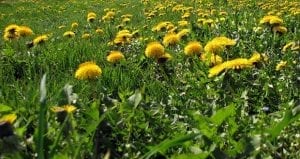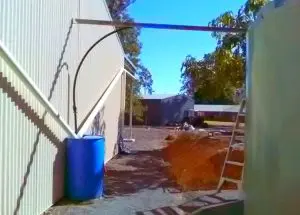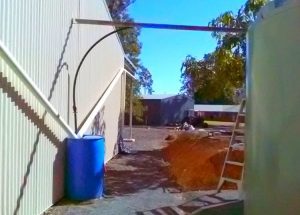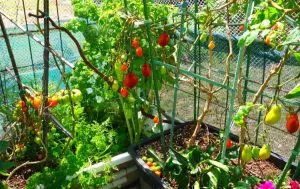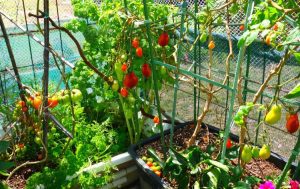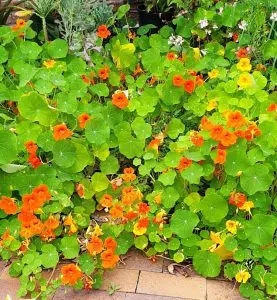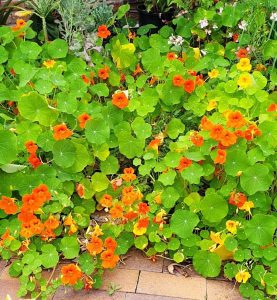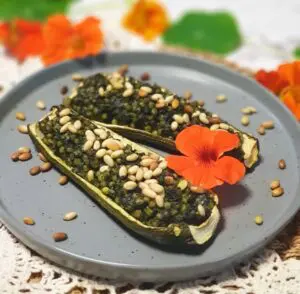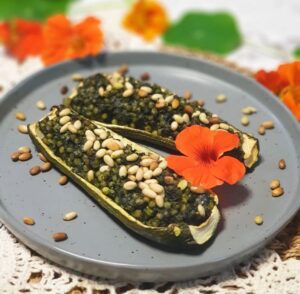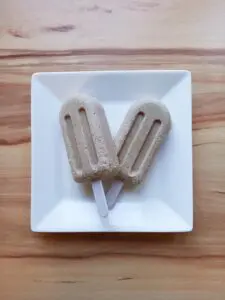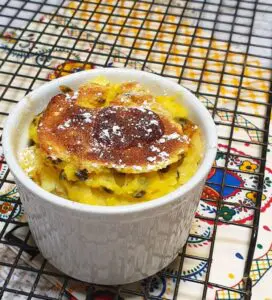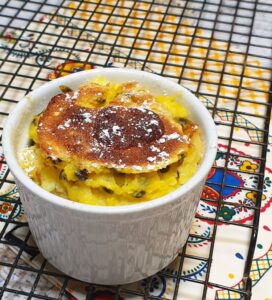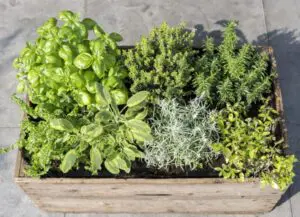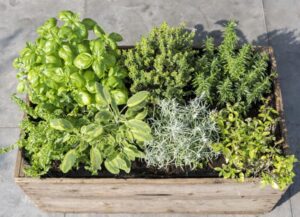Here’s a quick bit of personal trivia – when I was a boy I lived across the road from the “Collard’s” they were a lovely family and my mother still sees them from time to time even though they now have both moved.
My mother only recently sold her home about 6 months ago (as at the writing of this post) after 35+ years and we decided to leave the large oval corrugated Birdies raised garden bed behind because Mum’s veggie gardening days have now come to an end.
Over the years, my Mum used her raised bed for fresh greens in the backyard but I never saw her growing collard (wild cabbage) because I doubt that she had ever heard of it.
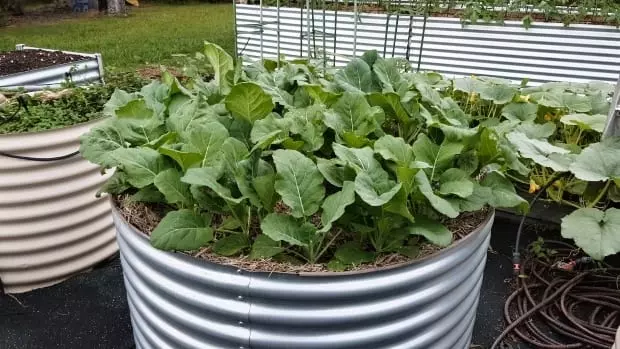
And neither did I, until about a year ago when people started asking me about this loose leafed vegetable in the comments section of my YouTube videos. See, a large part of my supporter base are Americans (God bless them) and collard is a common food crop to grow (especially in the Southern States) so, here I am growing collards (I assume that’s the correct plural) for the first time in our vegetable garden off the back of their advice.
It won’t be the last time I grow collards either! I’ve been impressed with the taste and overall performance of this vegetable from the brassica family and I intend to keep it a regular in our garden. We grew our crop similar to other brassicas, like regular cabbage or cauliflower, in a raised bed with good quality free draining soil, plenty of nitrogen and regular water.
Harvesting the young leaves and stir-frying is one of the best ways to eat this green but there are endless ways to use collard and I would bet that in the States stews and pies or perhaps mixed with potato mash are more common.
I did try fermenting collards on its own the same way you would make sauerkraut, however, the end result was below my expectations and I found my form of fermented collards tasted too “grassy” for my liking. That surprised me!
Fermenting collards with other vegetables like in a vegetable ferment mix is probably a better way to go rather than on its own because as a combination the fermented collards would complement the flavour of other vegetables nicely.
We’ve now hit the first few days of summer here in our hot subtropical climate and our same 8-month-old plants are still growing on albeit looking a little beaten.

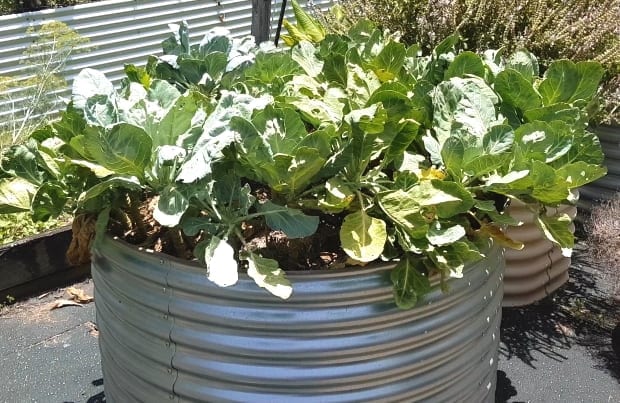
Nevertheless, I’ve been told that this heirloom vegetable is tough enough to withstand our merciless heat – we’ll have to see about that!
I’ve also been advised to cut the plants back as a way to trigger regeneration so I will do that now as I’m writing… Well, not exactly at the same time but I will go out do the pruning take a pic and post the result below.

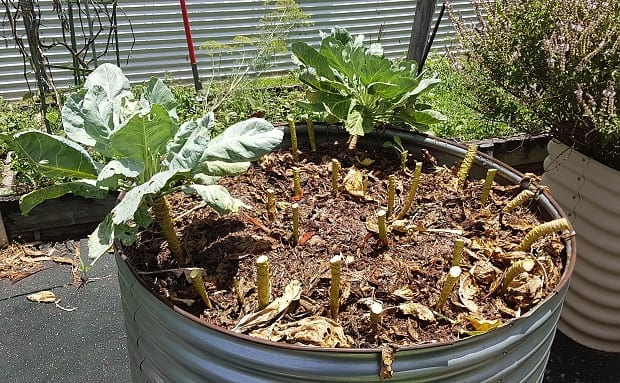
After pruning back drastically, I sprinkled a good helping of old chicken manure around the base of the plants and gave the bed a really deep watering.
Over the next few weeks, I’ll pump lots of water into this raised garden bed and give the plants some liquid fertiliser to see if I can generate a good regrowth. I’ll be interested to see if the collards come back and how strong they re-grow and what the leaves taste like over the summer period.
If you haven’t yet heard of or grown this excellent variety of brassica before I definitely commend it to you because it’s easy to grow, long-lasting and great tasting!
Buy collard seeds on eBay Australia here
Buy collard seeds on Amazon USA here
Buy collard seeds on eBay UK here
Here’s my video on how to grow a ton of collards:
https://www.youtube.com/watch?v=WyZ6JszkgRU


